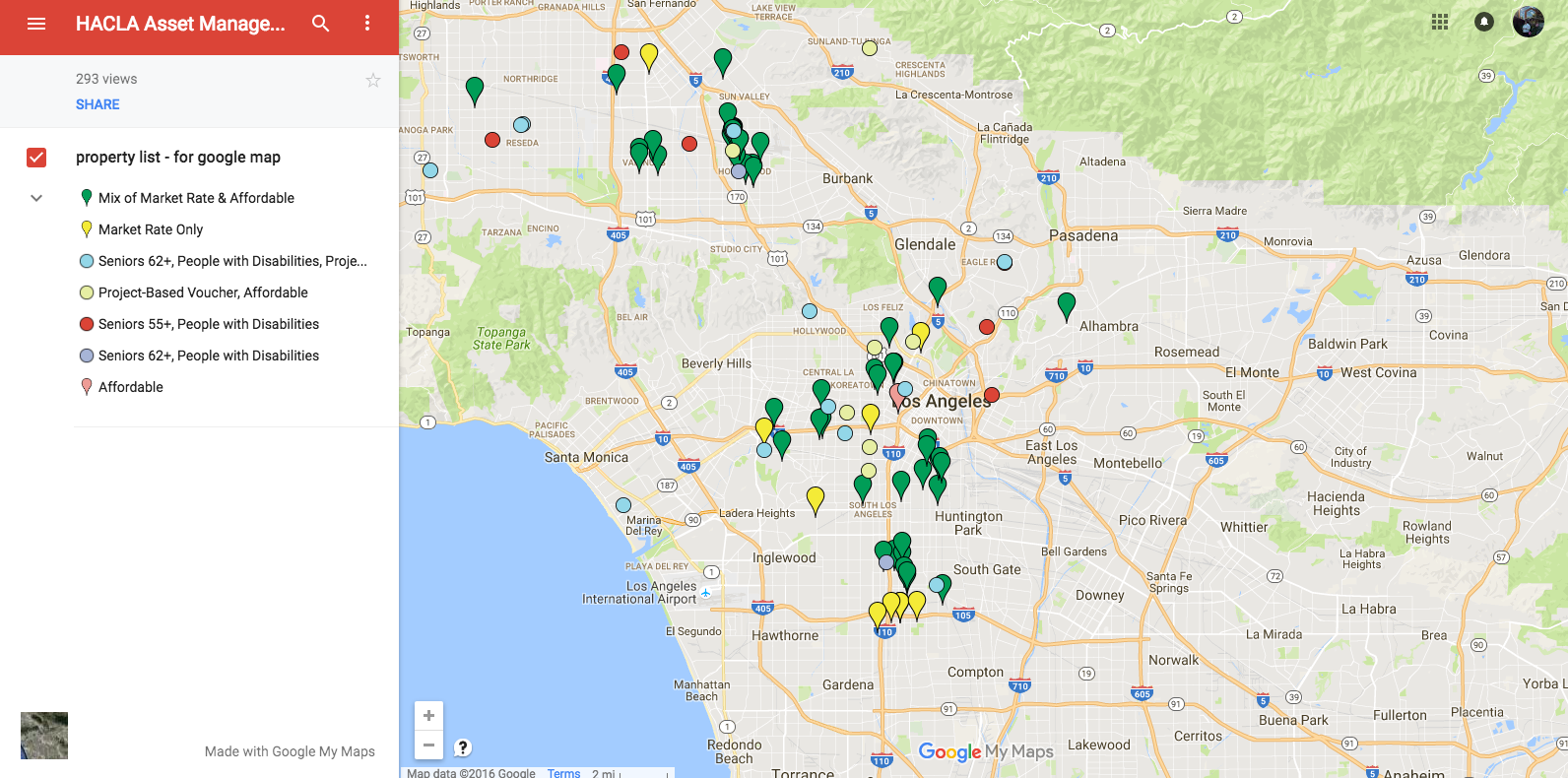The Housing Authority of the City of Los Angeles has owned its six Reflections (Barbara Ann, Brittania, Glenalbyn, Sepulveda, Wyandotte and Yosemite) senior/disabled properties since 1995. These 394 units are not part of a rental subsidy program. For this portfolio, 20% of the units are restricted to low income households, and the remaining 80% of the units are market rate. The rents from the market rate units help fund the low income units and provide for services for all residents. Current rents for existing residents in these buildings are well below comparable area rents. In consideration of concerns expressed by our residents including at a recent Agency Plan hearing, the HACLA has decided to reduce the 6% rent increase that had been previously announced. While the Agency is exempt from the Rent Stabilization Ordinance (RSO), the Housing Authority has elected to implement an increase of 3% in line with RSO. All tenants will be notified of these changes.
Daily Journal
LOS ANGELES - City Attorney Rocky Delgadillo announced a $10 million settlement Tuesday with a real estate management company accused of driving low-income tenants from hundreds of rent-controlled units throughout the city in order to raise rents.
Delgadillo sued Landmark Equity Management in June 2006, at which time the company owned more than 40 properties in Los Angeles built before 1978, making them subject to the city's Rent Stabilization Ordinance.
The ordinance limits annual rent increases, restricts grounds on which landlords can evict tenants and requires landlords to pay relocation fees when making renovations or converting the rental properties into condominiums. These restrictions do not apply to new renters, giving property owners a powerful incentive to evict long-term tenants.
"The new type of slum cases are about getting people out of rent control" said Tai Glenn, directing attorney for the Legal Aid Foundation of Los Angeles' Housing Unit. "Landlords actively put the building into disrepair and make conditions so bad that people leave and they can raise the rent."
The settlement requires Landmark to pay a $1 million fixed civil penalty and establish a $9 million tenant restitution fund.
"We see this as a model that we can use in similar cases," said Janet Karkanen, who handled the Landmark case and is in charge of Rent Stabilization cases that the city's Housing Department refers to the city attorney.
Delgadillo accused Landmark owner Darren Stern and affiliates of allowing properties to fall into disrepair, shutting off utilities, illegally increasing rents, refusing to accept rent payments in order to sue tenants for failure to pay rent and refusing to pay tenants' relocation.
Delgadillo first brought criminal charges against Landmark in 2004 for rampant habitability violations.
He filed the 2006 civil suit alleging rent control violations in the wake of sharp criticism from housing advocates and legal aid attorneys, who accused Delgadillo of failing to prosecute a single Rent Control Ordinance violation when the city was hemorrhaging affordable housing.
Advocates said they were encouraged by the settlement but wish Delgadillo would sue unscrupulous landlords more often.
"We applaud the city attorney for going after Landmark," said Larry Gross, executive director of the Coalition for Economic Survival. "We think the case should serve as an example of the aggressive approach the city attorney should take to the numerous landlords that are victimizing tenants throughout the city of Los Angeles."
Gross said the city has lost 15,000 rent-controlled units since 2001 to condo conversions or demolition. That number doesn't include units lost as a result of illegal evictions.
"There's no record of that," Gross said.
The Landmark case is the city attorney's only prosecution on the grounds of Rent Control Ordinance violations in the last two years, Karkanen said.
"We've had a large number of cases referred to us," she said. "We invite the landlord and the tenant to our office and resolve the issues on a tenant-by-tenant basis."
Karkanen said she hopes the Landmark case will send a message.
"One of the primary motivations in bringing this type of case is it lets other landlords in the city know that this type of case could be brought," she said.
"When we bring a landlord into our office, sure, he will resolve that issue quickly. But it doesn't mean he won't do it again."
Delgadillo won a preliminary injunction in December 2006 requiring Landmark to bring all properties into compliance with habitability codes and the Rent Stabilization Ordinance. When Landmark failed to comply, Delgadillo brought civil contempt charges. Landmark has since sold some of its properties and brought others into compliance. There are still nine properties in violation.
The Legal Aid Foundation and other legal nonprofits brought separate cases against Landmark in 2006 for the company's handling of two of the properties still in violation.
One of those properties is a downtown residency hotel.
"From what I understand, not a lot has been done there," said Legal Aid Attorney Barbara Schultz. "So we're looking forward to the city attorney's enforcement of the settlement."
Shultz said conditions at the Huntington, a residential hotel, are still deplorable.
"The rats are as big as horses," she said. "There are cockroaches, there's no heat."
FAIR USE NOTICE.This document may contain copyrighted material the use of which may not have been specifically authorized by the copyright owner. Tenants Together is making this article available on our website in an effort to advance the understanding of tenant rights issues in California. We believe that this constitutes a 'fair use' of any such copyrighted material as provided for in section 107 of the U.S. Copyright Law. If you wish to use this copyrighted material for purposes of your own that go beyond 'fair use,' you must obtain permission from the copyright owner.




No comments:
Post a Comment